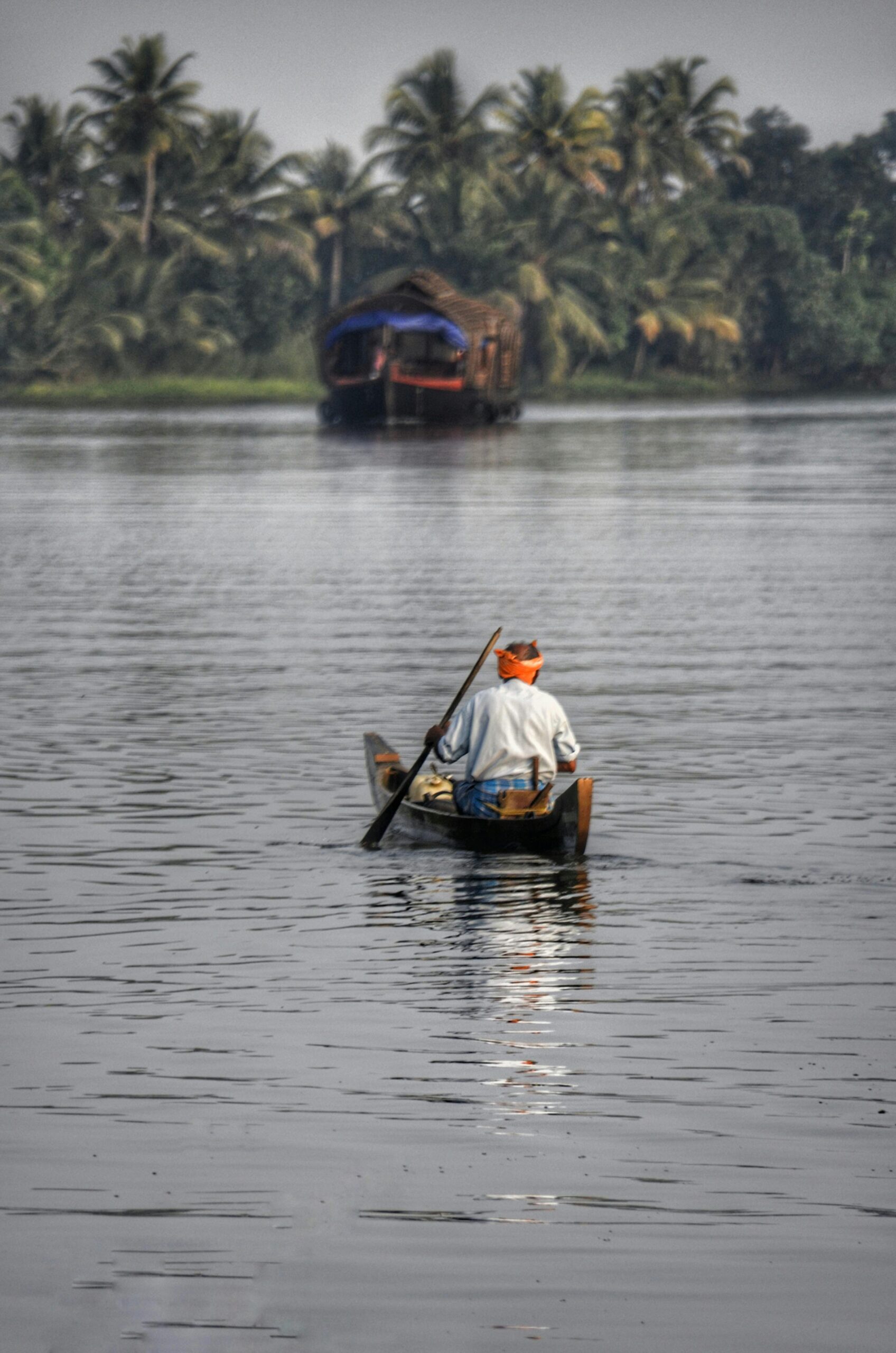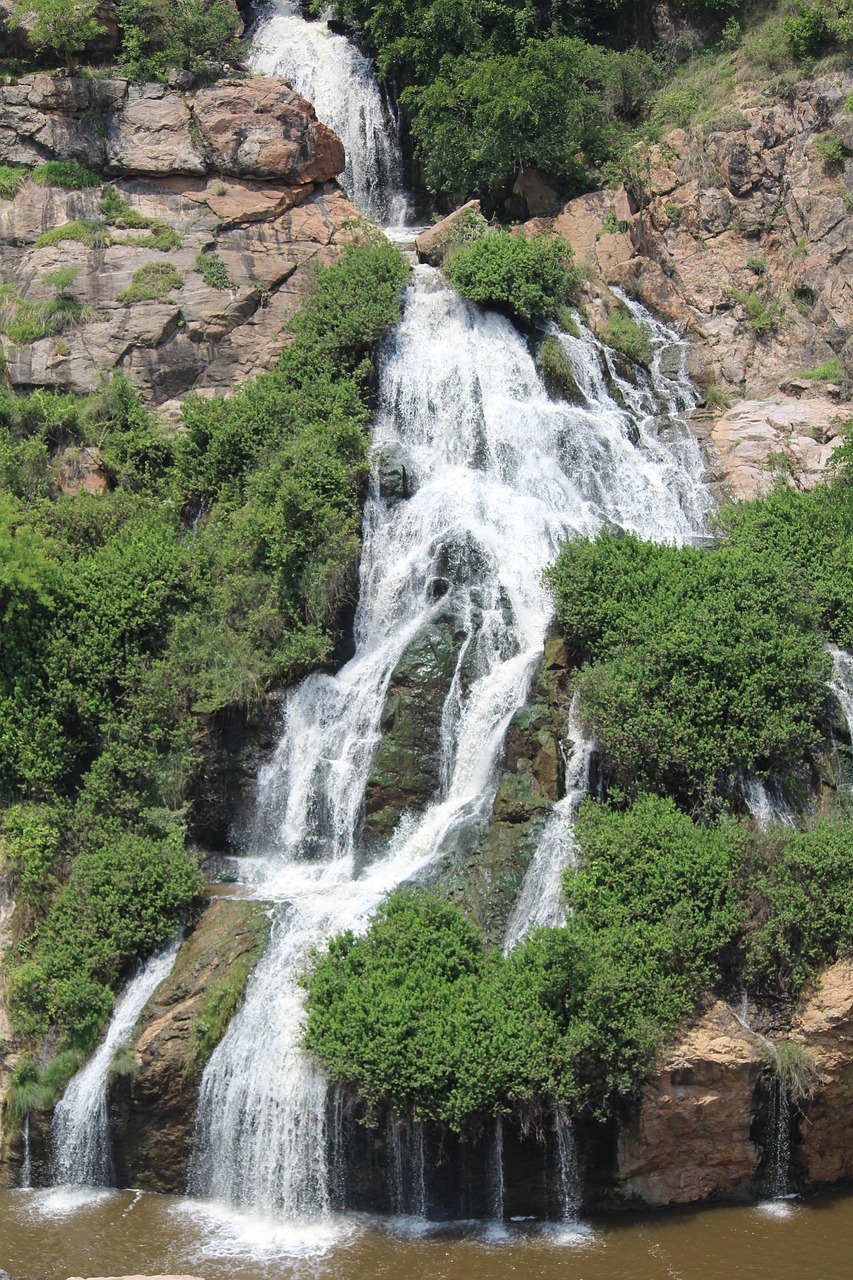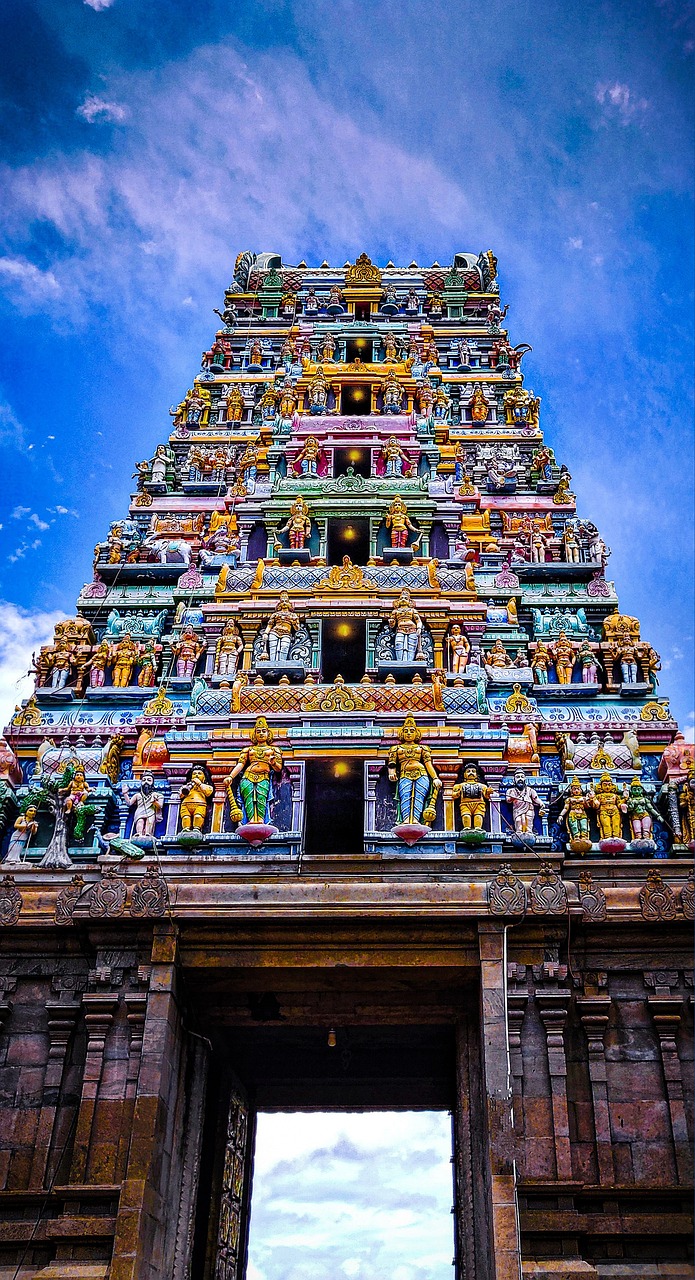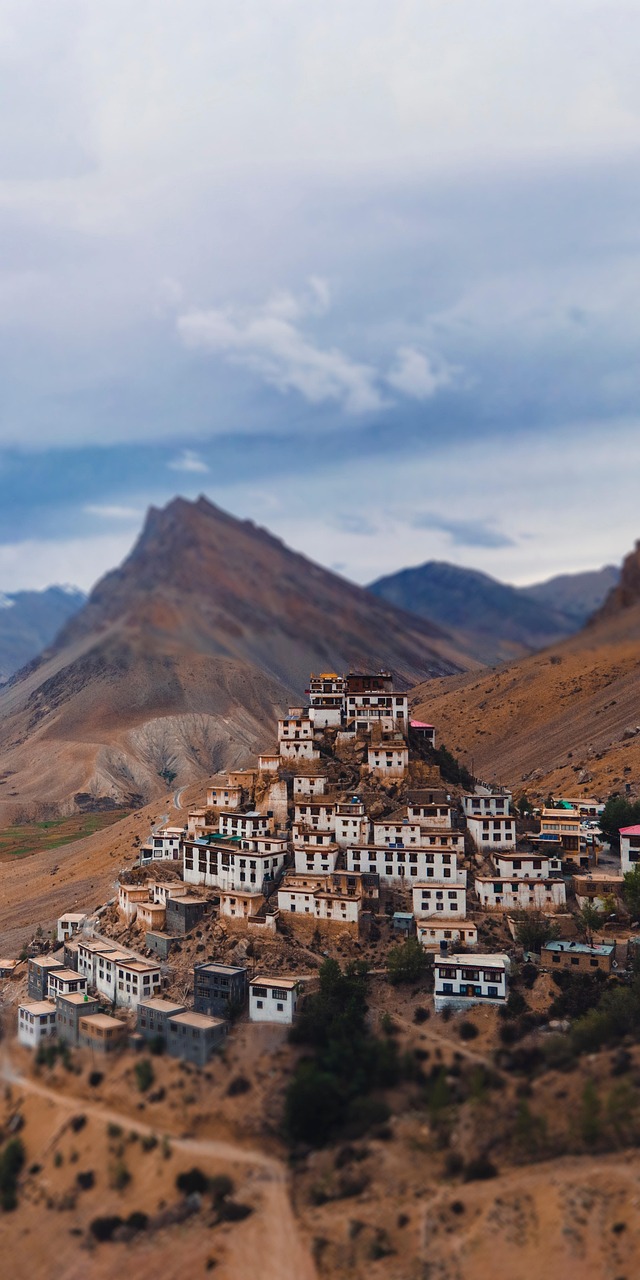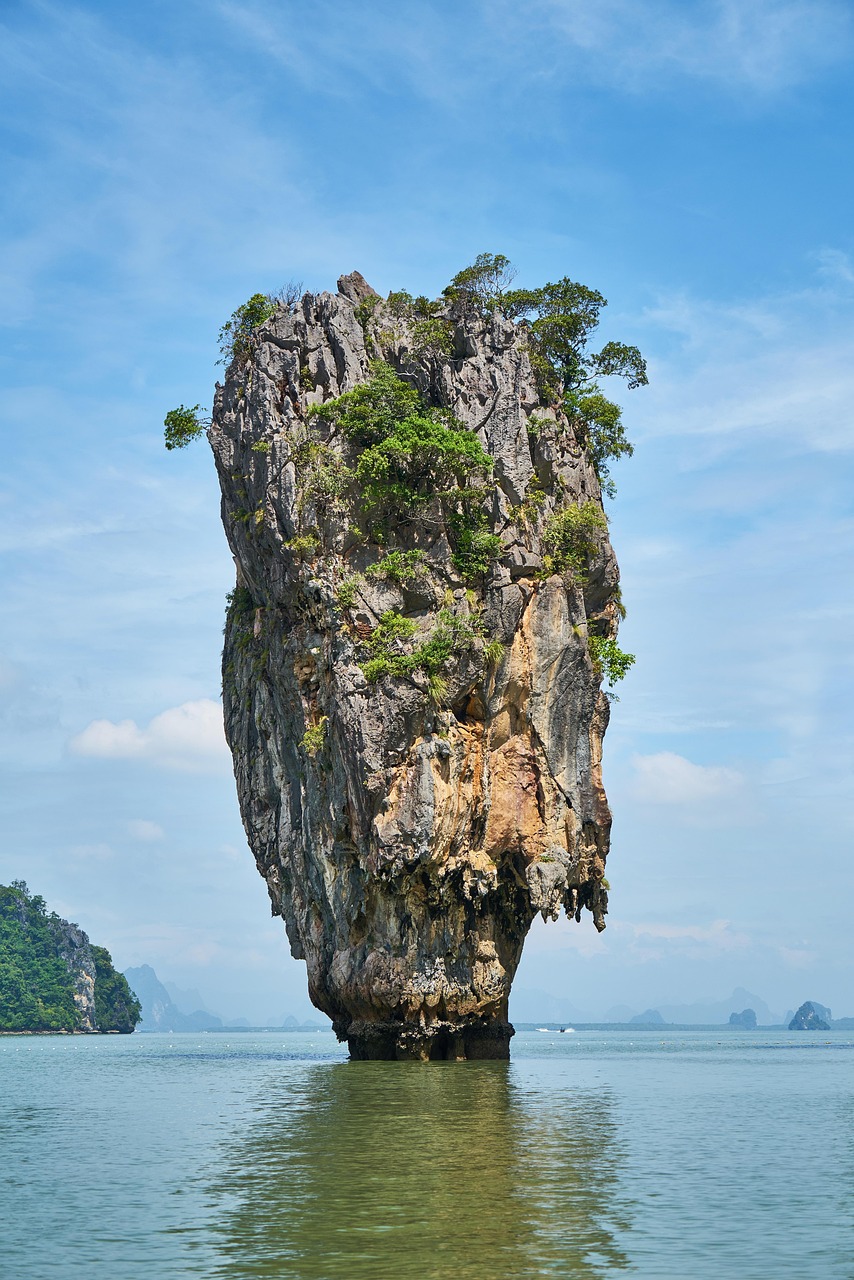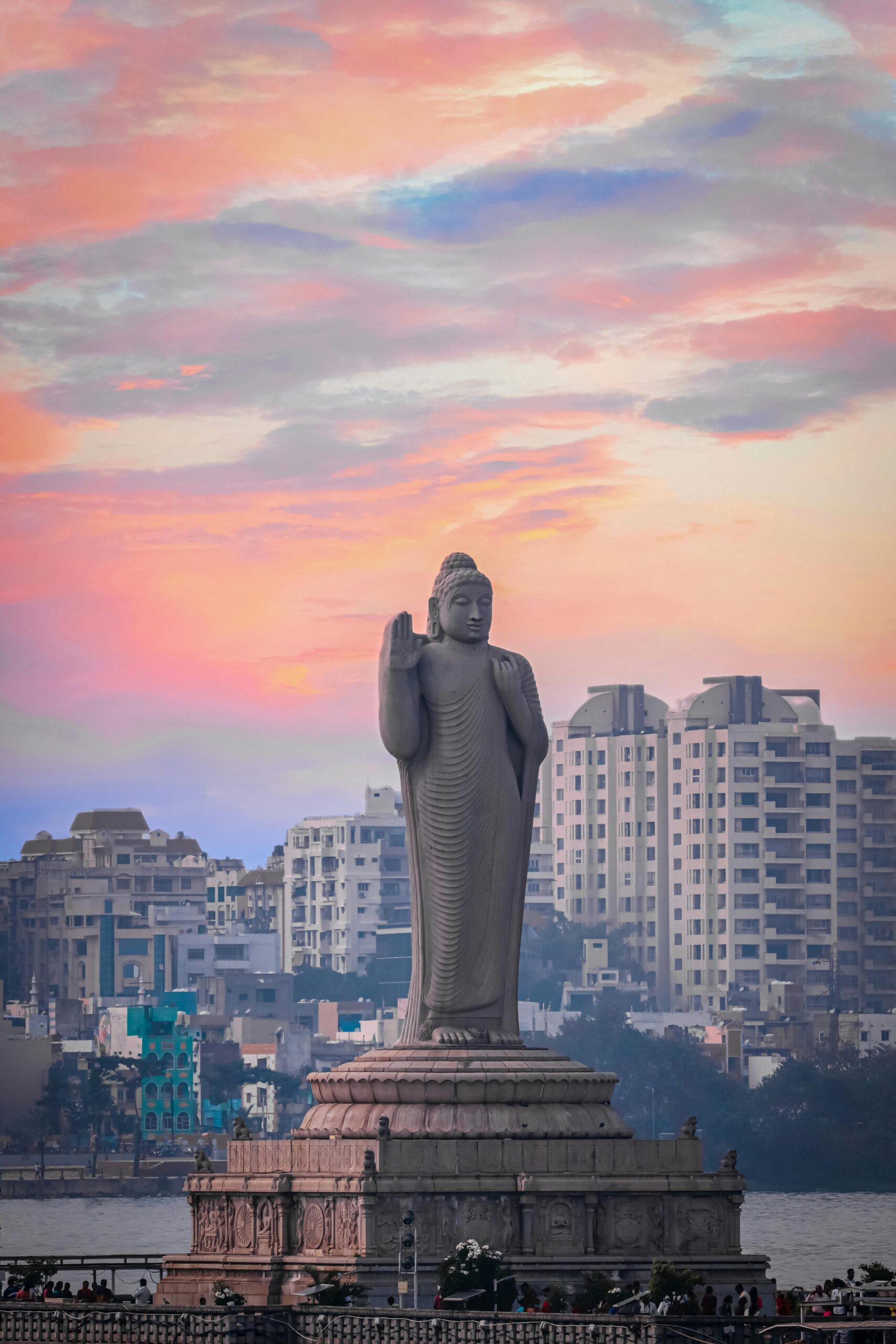Exploring the Enchanting Land of Kerala
Introduction: Kerala – The Jewel of the Malabar Coast
Kerala, located on the Malabar Coast of India, is known for its serene landscapes, vibrant culture, and rich history. Formed in 1956 through the States Reorganisation Act by combining Malayalam-speaking regions like Cochin, Malabar, South Canara, and Travancore, Kerala is renowned for its lush greenery, tranquil backwaters, and pristine beaches, making it one of India’s most captivating destinations.
Geography and Size: A Glimpse into Kerala’s Natural Beauty
The 14th smallest state in India by land area, Kerala offers an incredible variety of landscapes, including long coastlines, lush forests, hill stations, and peaceful backwaters. It is bordered by Karnataka to the north, Tamil Nadu to the east and south, and the Arabian Sea to the west. Its tropical climate and diverse ecosystems contribute to Kerala’s natural beauty, which draws millions of tourists annually.
Population and Administration: A Close-Knit State
With a population of over 35 million, Kerala is the 13th-largest state in India. It is divided into 14 districts, with Thiruvananthapuram as the capital. Malayalam is the official language, and its rich literary heritage and cultural significance are integral to Kerala’s identity.
Cultural Heritage and Language
Kerala’s cultural heritage blends influences from Hindu, Christian, and Islamic traditions. The state is renowned for its classical dance forms, like Kathakali and Mohiniyattam, as well as its art and music traditions. Malayalam, the official language, plays a key role in preserving the state’s culture, while festivals like Onam, Vishu, and Christmas reflect the region’s diversity.
Conclusion: Kerala’s Unique Charm
With its lush landscapes, rich cultural heritage, and peaceful backwaters, Kerala offers a unique experience. From exploring ancient temples to savoring its cuisine or relaxing on beautiful beaches, Kerala’s charm is unmatched. Its natural beauty, coupled with vibrant traditions, makes it an unforgettable destination for those seeking peace, adventure, and a glimpse of traditional Indian life.
– Your Next Adventure Awaits!
The Land of Sandalwood: Exploring the Richness of Karnataka
Introduction: Karnataka – A Land of Cultural Heritage and Technological Growth
Karnataka is a state located in the southwestern region of India, with a rich cultural heritage and vibrant history. Originally formed as Mysore State, it was renamed Karnataka in 1973. Karnataka has become an important hub for both historical and modern growth, being one of the most diverse and dynamic states in India.
Geographical Location and Population
Karnataka is bordered by several states, including Maharashtra to the north, Telangana to the northeast, Andhra Pradesh to the east, Tamil Nadu to the southeast, Kerala to the southwest, and the Lakshadweep Sea to the west. Karnataka has a population of 61,130,704, making it the eighth-largest state in India by population. The state is divided into 31 districts. Bengaluru, the capital of Karnataka, is the largest city in the state with a population of over 15 million and is a key centre of growth in both technology and culture.
The Economic Growth of Karnataka
Karnataka’s economy is one of the most prosperous and productive in India. Bengaluru is famously known as the “Silicon Valley of India.” Bengaluru has emerged as a global hub for information technology (IT), contributing immensely to the country’s IT sector. As of 2007, 1,973 companies were involved in the IT industry in the state, solidifying Karnataka’s place as the leading state in technology innovation and software development in India.
Conclusion: Karnataka’s Rich Legacy and Technological Future
Karnataka offers a unique blend of history, culture, and technological advancement. Its rich heritage is seen in its ancient temples, royal palaces, and stunning landscapes, while Bengaluru leads the country in technological growth. With its diverse population and strong economic foundation.
– Your Next Adventure Awaits!
Exploring the Historical Charm of Puducherry
Introduction: Puducherry – The French Riviera of the East
Puducherry, formerly known as Pondicherry, is often referred to as “the French Riviera of the East” due to its colonial French influence and beautiful coastal setting. Located on the southeastern coast of India, Puducherry has a rich history shaped by various cultural influences, including its Roman trade connections with the Erythraean Sea. It is also known as Vedapuri, a place steeped in ancient knowledge, with a deep connection to the Vedas.
Pre-Colonial History: A Strategic Location of Trade and Culture
Before colonial times, Puducherry was part of important empires and trade networks. It was under the rule of the Chola and Pandya dynasties, who shaped its cultural and architectural heritage. The region was a prominent center for trade and commerce, frequented by Portuguese and Danish merchants. Its location along the coast made it a valuable point for maritime trade in the Erythraean Sea, known for trading spices, textiles, and other goods.
Colonial Era: The French Influence
In the 17th century, Puducherry came under French control and was developed into a French colonial settlement. The French presence in Puducherry lasted for several centuries, influencing its architecture, language, and culture. The city retains much of this colonial legacy, with French-style villas, boulevards, and churches still visible today. The French administration left an indelible mark on the region’s education, governance, and urban planning, earning Puducherry its nickname “the French Riviera of the East.”
Cultural and Historical Significance
Throughout its history, Puducherry has been a melting pot of various cultures, from ancient Indian dynasties to European colonial powers. The combination of Tamil culture with French influence gives the region a unique identity. From the temples of the Chola and Pandya eras to the French colonial landmarks, Puducherry’s rich history offers a glimpse into the diverse layers of its cultural heritage.
Conclusion: Puducherry – A Blend of Traditions and Colonial Legacy
Puducherry stands as a testament to the confluence of ancient Indian traditions and European colonial influence. With its charming French quarters, ancient temples, and rich history, it offers a perfect blend of the past and present. Whether exploring its pre-colonial trading heritage or strolling through its French-influenced streets, Puducherry provides a fascinating journey into India’s diverse historical landscape.
– Your Next Adventure Awaits!
Exploring the Rich Heritage of Tamil Nadu
Introduction: Tamil Nadu – The Southernmost Jewel of India
Tamil Nadu is the southernmost state of India, known for its rich cultural heritage, ancient traditions, and historical significance. It is the tenth-largest state by area and the sixth-largest by population. Tamil, one of the oldest surviving classical languages in the world, is the official language of the state. The capital and largest city of Tamil Nadu is Chennai, a major cultural, economic, and educational hub in South India.
Geography: A Blend of Coastal Beauty and Majestic Hills
Tamil Nadu is blessed with a diverse geographical landscape. To the west, it is bordered by the Western Ghats and the Deccan Plateau, while the Eastern Ghats rise to the north. The state has a long coastline along the Eastern Coastal region, with the Bay of Bengal to the east and the Gulf of Mannar and Palk Strait to the south. The river Kaveri, one of the most significant rivers in South India, flows through Tamil Nadu, providing fertile soil for agriculture. The state is also bordered by the union territory of Puducherry and shares its southernmost point with Sri Lanka at Pamban Island.
Cultural and Historical Significance
Tamil Nadu boasts a long history of classical art, literature, and architecture. The state’s ancient temples, such as the Meenakshi Temple in Madurai and the Brihadeeswarar Temple in Thanjavur, are masterpieces of Dravidian architecture. Tamil culture is known for its classical music and dance forms, like Carnatic music and Bharatanatyam. Tamil literature, with its deep roots in history, continues to thrive today.
Conclusion: Tamil Nadu’s Unique Identity
Tamil Nadu stands as a unique blend of natural beauty, rich history, and vibrant culture. Its diverse landscapes, from the serene beaches to the majestic hills, along with its strong cultural roots, make it a fascinating destination. Whether you’re exploring the ancient temples, enjoying the traditional music and dance, or simply soaking in the beauty of the land, Tamil Nadu offers a profound connection to India’s past and present.
– Your Next Adventure Awaits!
Exploring the Rich History and Geography of Andhra Pradesh
Introduction: Andhra Pradesh – The Jewel of Eastern India
Andhra Pradesh is a prominent state located on the east coast of southern India. It is the seventh-largest state by area and is predominantly known for its rich cultural heritage and natural beauty. The state’s official language is Telugu, and its capital is Amaravati, while Visakhapatnam is the largest city and a major port city. Andhra Pradesh has the second-longest coastline in India, stretching over 974 kilometers along the Bay of Bengal.
Ancient History: Tracing Human Presence and Ancient Dynasties
Andhra Pradesh has archaeological evidence of human habitation for over 247,000 years, making it one of the oldest inhabited regions. The state is mentioned in ancient texts, including the Aitareya Brahmana of the Rigveda, highlighting its cultural significance. The Godavari and Krishna river deltas played a pivotal role in the rise of powerful dynasties, such as the Satavahanas, who established trade relations with other regions. Other notable rulers include the Vishnukundinas, Eastern Chalukyas, and the Kakatiyas, who contributed to the state’s rich history.
Colonial and Post-Colonial Era: Formation of Andhra Pradesh
Andhra Pradesh was originally part of Madras State until 1953, when the state was split to form the new Telugu-speaking state. It was officially merged with the Hyderabad State in 1956 to form the unified state of Andhra Pradesh. The state remained unified until 2014, when Telangana was created as a separate state, bringing Andhra Pradesh back to its original borders.
Cultural Heritage and Significance
Andhra Pradesh is renowned for its classical dance form, Kuchipudi, and its rich tradition of classical music, literature, and art. The state is also famous for its temple architecture, with landmarks like the Tirumala Venkateswara Temple in Tirupati, a major pilgrimage site. The vibrant festivals, such as Ugadi and Sankranti, reflect the deep-rooted cultural traditions of the state.
Conclusion: Andhra Pradesh – A Land of Legacy and Natural Beauty
With its long coastline, rich historical legacy, and cultural traditions, Andhra Pradesh offers a deep connection to the past and a bright future. From the bustling city of Visakhapatnam to the serene beauty of Amaravati, Andhra Pradesh stands as a state where history, culture, and natural beauty converge to create a unique identity.
– Your Next Adventure Awaits!
Exploring the Andaman and Nicobar Islands
Introduction: The Andaman and Nicobar Union Territory
The Andaman and Nicobar Islands are a union territory of India, consisting of 572 islands, of which 38 are inhabited. Located approximately 1,190 kilometers from the Indian mainland, the territory lies in the Bay of Bengal and the Andaman Sea, offering a unique geographical setting. Port Blair, the capital, serves as the primary administrative and cultural center of the region.
Geography and Strategic Location
The Andaman and Nicobar Islands are strategically positioned near the southern tip of the Great Nicobar Island. The territory shares maritime borders with Indonesia to the south, Myanmar to the east, and Thailand to the west. The Hooghly River is located further to the north, adding to the region’s geographical significance. The islands’ isolation and unique location make them an important maritime hub in the Bay of Bengal.
Population and Administrative Divisions
As of the 2011 census, the population of the Andaman and Nicobar Islands stands at 380,581. The union territory is divided into three districts: Nicobar, South Andaman, and North and Middle Andaman. Key administrative centers in these districts include Port Blair (South Andaman), Nicobar, and Mayabunder (North and Middle Andaman).
Conclusion: A Tropical Paradise with Rich Diversity
The Andaman and Nicobar Islands offer a blend of natural beauty, cultural diversity, and strategic importance. With their pristine beaches, lush forests, and unique marine life, the islands stand as an untouched paradise, making them an attractive destination for eco-tourism and adventure seekers. The territory’s rich biodiversity and multicultural heritage continue to shape its identity in the broader context of India’s Union Territories.
– Your Next Adventure Awaits!
Exploring the Dynamic State of Telangana
Introduction: Telangana – A Modern Land with Rich Heritage
Telangana, situated in the heart of the Deccan Plateau, is the 11th-largest state in India by area and one of the most populous, as per the 2011 census. It was separated from Andhra Pradesh in 2014 to become a newly-formed state, with Hyderabad as its capital. Known for its rich culture, history, and modern advancements, Telangana stands out as a vibrant and dynamic state in southern India.
Geography and Language
Located in the highlands of the Deccan Plateau, Telangana is characterized by its varied terrain, which includes fertile plains and rugged hills. The state’s primary language is Telugu, widely spoken by the majority of its population. Urdu, a variant of Hindustani, is also widely spoken, reflecting the state’s diverse linguistic and cultural heritage.
Economy and Development
Telangana has emerged as one of the leading economic contributors in India. It is ranked as the ninth-largest state in terms of Gross Domestic Product (GDP). Hyderabad, the state capital, is a major IT and business hub, earning it the nickname “Cyberabad” for its booming information technology industry. The state’s economy also benefits from agriculture, textiles, and the pharmaceutical sector.
Human Development Index and Social Progress
In terms of human development, Telangana scored 0.705 on the Human Development Index during the 2017–2018 period, reflecting progress in education, health, and standard of living. The state’s development initiatives and infrastructure projects have contributed significantly to improving the quality of life for its residents.
Conclusion: Telangana’s Blend of Tradition and Modernity
Telangana is a state that successfully blends its rich cultural heritage with rapid modernization. From its historic landmarks and classical arts to its booming economy and technological advancements, Telangana offers a fascinating contrast of the old and the new. With Hyderabad as a central hub for growth and development, the state continues to thrive, making it an important player in India’s future.

